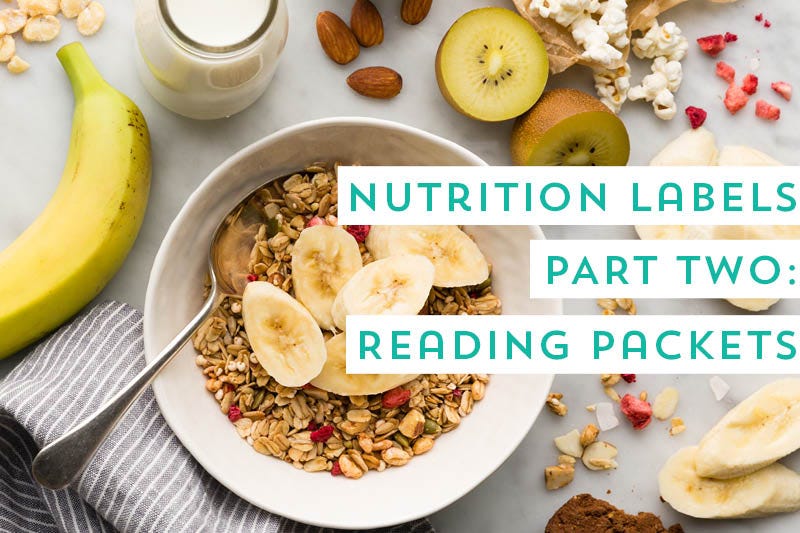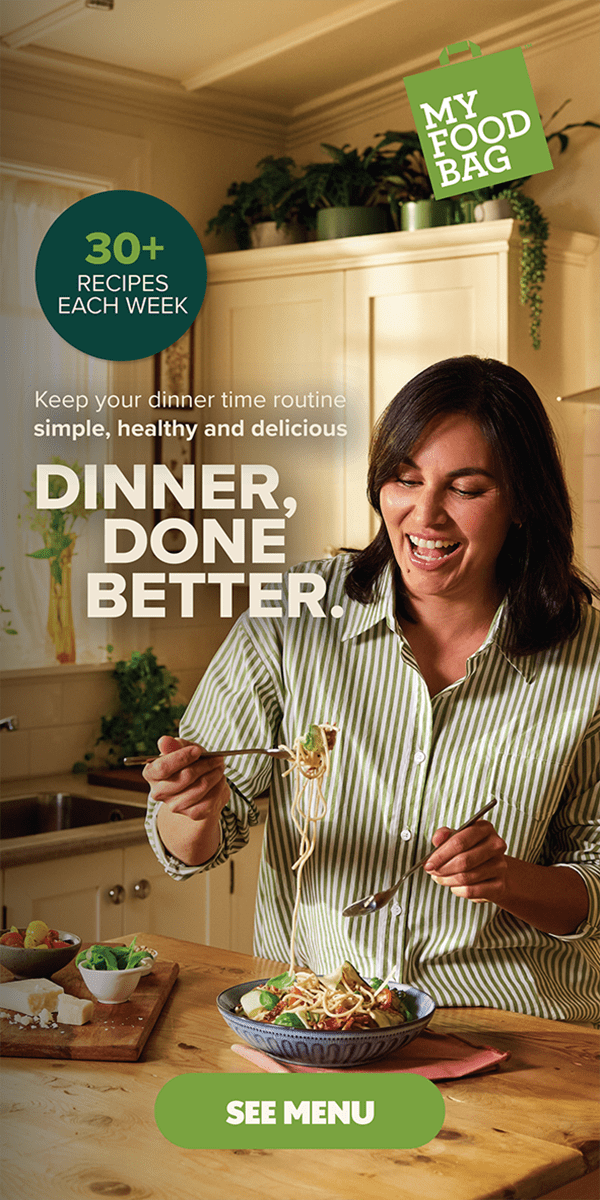
At Fresh Start, we’re always aiming to eat as many whole foods as possible, meaning the majority of what we eat doesn’t need to come in a packet — think fruit, veggies and meat proteins.
However, there are some key whole foods that have had minimal processing to increase their food safety, or to age or undergo fermentation — sauerkraut, cheese, yoghurt and other dairy products. In some cases, food has undergone minimal processing to make it much more convenient for us to eat them — think canned lentils or chickpeas, healthy muesli blends, or hummus.
But, for example, while some mueslis can be full of nourishing ingredients and no added nasties, some can be highly coated in various types of sugars. Where it can get confusing, is what the front of the packaging is saying about the muesli.
The nourishing muesli might not make any nutritional claims, while the latter might claim ‘no added cane sugar’ or ‘natural ingredients’. If we didn’t flip the packet and do this check for ourselves, we’d assume the muesli claiming the health benefits to be the healthier option, right?
We talked about the importance of reviewing the ingredient lists in part one, and in part two we’re here to debunk misleading claims and talk through the nutrition panel.
Today consumers are more health conscious than ever before, making food items a haven for marketing claims. Some claims might have solid evidence and truth to them, but a number can also be very misleading.
✔ It’s important not to rely on these front of pack claims to inform our decisions.
✔ It is important to read the ingredient list to understand what has been added to the recognisable whole food ingredients (sugar, oil, processing aids or additives?)
✔ It is important to look at the nutrition panel for key nutrients, namely sugar, sodium and saturated fats, and understand whether a product is on the high or low end of the spectrum
Nutrition panels provide information on one serve of the product, as well as the nutrition per 100g of the product. The per 100g panel is useful when comparing like products, as the serving sizes may vary or be difficult to decipher e.g. one muesli has a 40g serving size, another brand a ½ cup (55g) serving size.
The serving size column comes in handy once you’ve compared your products, and you want to understand how much you’re eating each meal. Be sure to note, the serving size might be much less than you’d usually eat, you might typically need 1 cup of a muesli for example.
Key nutrient values to compare and assess –
Fat & Saturated Fat
It’s important to consider both total fat, and saturated fat content in food items. Fat is the most calorie dense type of energy, so a higher level of fat per serve will have more of an impact on the total calories of a food item.
This isn’t to say all fat is bad though, there are many beneficial fats in food that our bodies need, such as monounsaturated or omega-3 fats. Although there’s only small changes in the chemical structure between types of fat molecules, the function and effect on our body are quite different.
High levels of saturated fat are predominantly found in fried foods, fatty meats, coconut or vegetable oils and butter. Saturated fats have shown to increase risk of heart disease and bad cholesterol levels[1]. Aim to choose foods with no or low saturated fat, less than 3g per 100g.
Trans fats also increase risk of heart disease, with global recommendations from the World Health Organization (WHO) to avoid consumption altogether[2].
Sugar
The sugar value can be both natural and added sugars. While natural sugars, from fruits for example, are fine, it’s still generally best to choose a packaged item lower in sugar. Many processed food items will contain more than one type of sugar too, e.g. dried fruit and cane sugar, or fruit juice concentrate and brown malt syrup.
Something with less than 5g of sugar per 100g is considered low sugar, while greater than 25g per 100g is considered high. One good claim to look for is ‘No Added Sugar’, as this can legally only be attributed to a food item if it contains no added sugars or no added sugar alternatives (e.g. malt or malt extracts, honey or fruit juice concentrates). If a food item states ‘unsweetened’, this means the no added sugar rules apply, as well as no added sweeteners[3].
Sodium
Sodium is typically found in salt (sodium chloride). The more processed foods we eat, the higher our sodium intake is likely to be. This is as most of our sodium intake comes from processed foods, with only a small percentage occurring naturally in foods or added as table salt to meals for seasoning. Sodium or salt is important to have in our diet, as we lose sodium through sweat, however excess sodium can impact our blood pressure levels leading to further health issues[4].
An item with less than 120mg per 100g is considered low, between 120mg and 600mg is considered medium, and more than 600mg per 100g is considered high sodium or salt foods.
[2] WHO Healthy Diet Fact Sheet https://www.who.int/en/news-room/fact-sheets/detail/healthy-diet
[3] FSANZ. April 2008. Nutrition, Health and Related Claims A short guide to the new Standard.
[4] Dr Helen Eyles, University of Auckland. Nutrition News March 2011. Sodium intake and health in New Zealand

